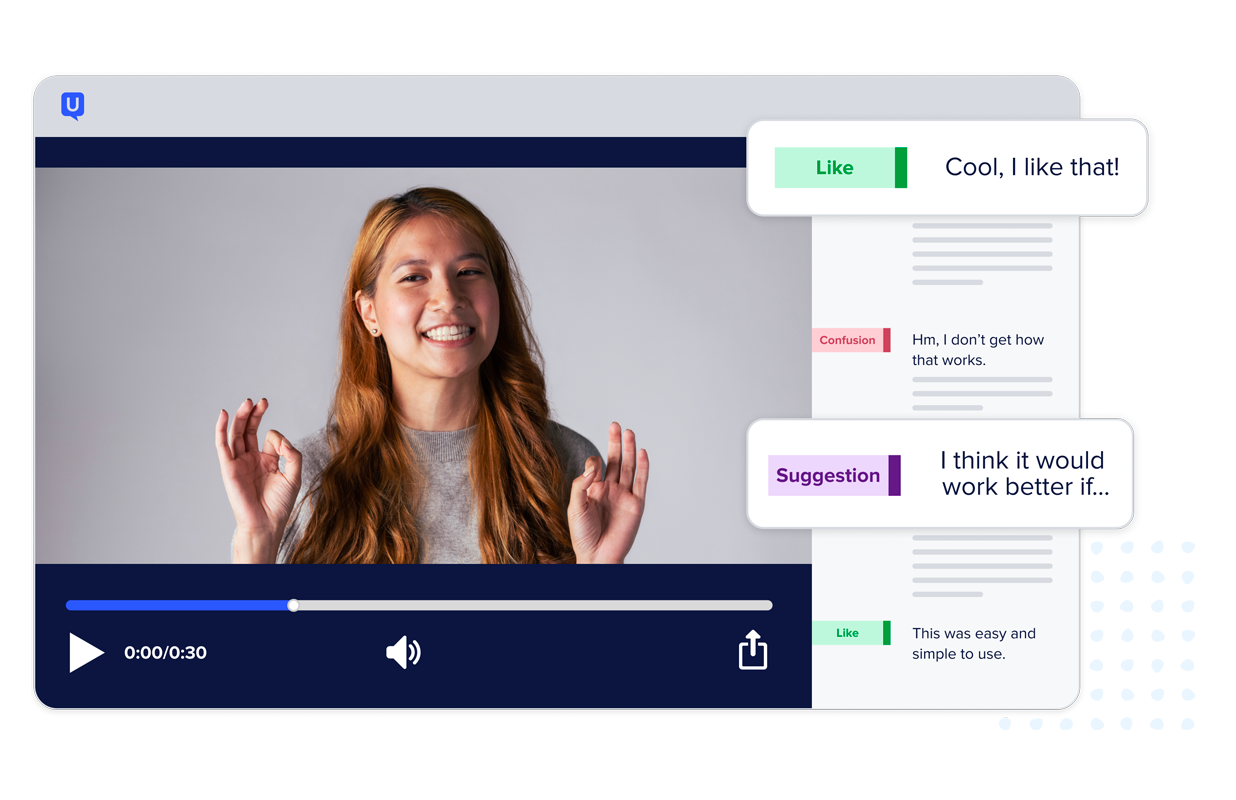
How leaders can prevent burnout within their research teams

As we approach nearly two years of working remotely, a lot has changed. By now, most people have settled into remote work, but that doesn’t mean it’s not without its challenges. Especially for research teams. From working in new ways with people dispersed across the globe to an influx of research requests, it’s crucial that the research community is aware of how to spot and avoid burnout within its teams.
Alice Hayes, UX Research Manager at NatWest Group, chatted with us to discuss burnout. Hayes shared tips on how to identify signs of burnout, when to offer support, and how to respond to the needs of the team when outputs remain a high priority.
Why burnout is more common and tough to avoid
Switching to fully remote research has undoubtedly had its challenges. With endless video calls, more screen time than ever, and a big change in work-life balance, it’s clear why people may feel burnt out. According to Google search data, searches for burnout have increased 24% since the beginning of the pandemic.
Working from home has invariably contributed to burnout among researchers. For some, this means shorter lunch breaks, working through illness, and taking on a plethora of new distractions. The reasons vary, but often people feel guilty about taking time off when they can continue their work from bed or on the sofa. Perhaps, child care and caring for relatives are also adding pressure and distraction too. The list goes on.
As a result, researchers are taking on extra sessions and packing in far more than usual. Due to these changing circumstances in which businesses are having to operate, and because researchers are finding themselves with increased workloads—extending far outside of normal business hours—the influx of requests doesn’t seem to be slowing down.
All of these factors contribute to physical, mental, and emotional exhaustion. So, it’s crucial that managers lookout for team members who feel drained and tired all the time.
How leaders can spot burnout within their research team
Hayes noted that as a manager, it’s always important to watch out for signs of your team feeling overwhelmed. One way to do this is by being conscious of the language team members are using. For instance, if someone has a particularly cynical outlook on their tasks and workload, it’s important to spot and address it to determine if their workload is too heavy.
Depersonalisation, or becoming emotionally detached from your work, is extremely common in people experiencing burnout. The fatigue that comes with being overworked often presents itself as disinterest and apathy. Don’t let this go too far. If you see something, take action.
5 strategies for research leaders to take action against burnout within your team
Hayes shared five key strategies for managing burnout effectively, which we’ve recapped below:
1. Offer different kinds of support
It’s more difficult than ever to see if someone is struggling with their workload, as teams are often no longer sitting together. Therefore it’s vital to have an open-door policy with employees. If someone is feeling like their workload is too high, make it clear that you’re happy for them to reach out and let you know. As a manager, keep an eye on how busy everyone’s diaries are and be fair with resourcing.
Make non-work-related conversations a priority by scheduling calls to simply have a chat or a catch-up, not to discuss projects and tasks. Workplace pages are also a great way of encouraging this. Invite everyone from the department to one page or chat room, and use it for exactly that—just chatting!
Now more than ever, companies recognise employee wellbeing as a top priority. This means wellbeing initiatives might be a good thing to start at your organization—enabling team members to attend training on mental health and identify severe stress and burnout.
2. Encourage time off
Time off is something that needs to be monitored closely too. With lockdowns, people were hesitant to take annual leave as there was nowhere to go and nothing to do. Now that things are opening up again, don’t let this become a habit. Managers need to ensure their team is taking holiday time.
Hayes highly recommends encouraging team members to take at least one two-week holiday each year. This allows employees to fully disengage from work and relax.
3. Foster connections outside of work
Connection is key, so now that it’s possible, make an effort to get everyone together in person. Whether that’s organising company volunteering days or simply team socials.
When team members are still wary of connecting in person, instead of sitting behind a screen, why not try a “walk and talk,” allowing your team to get some fresh air while chatting about the task at hand.
4. Manage workloads
High output is always going to be a priority for businesses. From a manager's perspective, it’s vital to manage the expectations of stakeholders to keep your team’s workloads at a realistic level.
In the world of research, it can be common to try and complete as much research as possible. Managers must be the gatekeepers of people’s time, and make sure that pressure from above doesn’t trickle down to the rest of the team. When work pressures are high, be a calm figure for your team.
5. Reinforce time management
We recommend researchers aim for four to five research sessions per day, each of which will last 45-60 minutes. This means you need to ensure you’re giving as much energy to your first session as your last. To do this, allocate sufficient breaks, including time to refresh, and time to write up findings.
Coach your team to avoid spending time in unnecessary meetings. Empower your team to decline meetings if they feel it’s not a good use of their time, or if they’re not a staff member that needs to attend.
Always be willing to do the research that is requested, but give yourself buffer time. If something takes five days, allow for eight working days to complete the task to alleviate unnecessary pressure if things don’t go to plan or if a higher priority comes through.

Unlock your customer insight ROI
Discover the hidden ROI of your customers' insights. Book a meeting with our Sales team today to learn more.





